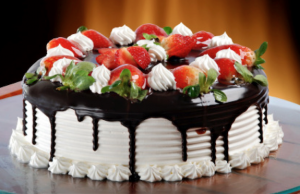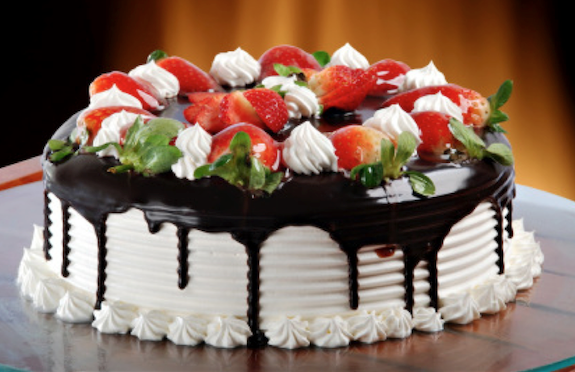by Mary Neal Meador
In grades K–12, teachers use these “Steps in the Writing Process” to introduce students to the idea that writing is not something that happens all at once: it is a process. In high school, following these steps works out OK because assignments aren’t complex and don’t require synthesizing a lot of information.
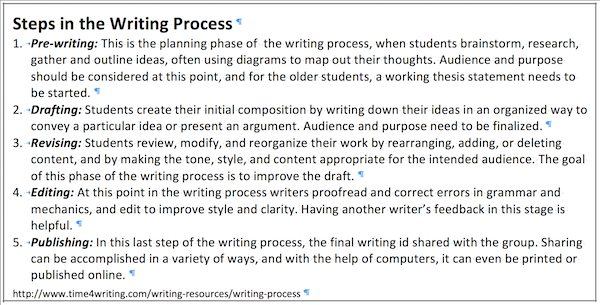
But you are in college now.1 Many students find that this process simply doesn’t work anymore. It’s easy to get really stuck, and it can be overwhelming when that happens.
Here is where the old process breaks down and no longer serves college students well: In Step 1, prewriting, students “gather and outline ideas … and for the older students, a working thesis statement needs to be started.” This implies that during the process of researching and brainstorming, these ideas emerge, pretty much complete.
In Step 2, drafting, students “write down all their ideas in an organized way.” This describes a process where students are transcribing what they have already finished thinking about. When the assignment is to research a complex topic, however, this isn’t always possible.
For many people, the process of writing is the process of thinking.
For people who are experiencing no joy in working the way your middle school teachers taught, I would advise: “Start with the cake.” Assuming that you have done your research, have taken good notes on your sources, and feel you have some knowledge of the topic, just start writing the easiest or most interesting part. Really! Just write. Don’t worry about grammar, punctuation, or spelling. Don’t worry about what order you’re writing in. Start with the cake.
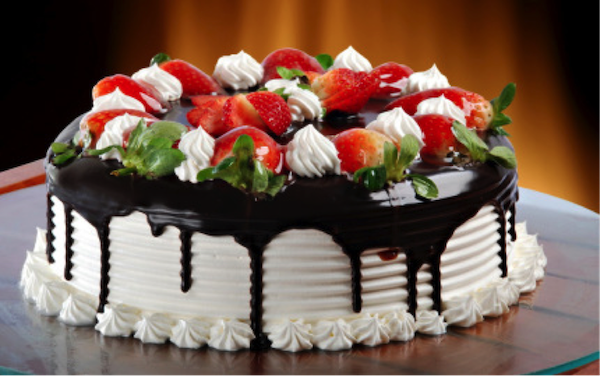
Here’s what will happen: You start with your favorite idea, and then you remember another source or concept (the pie) that ties in nicely. Write that piece, too. Don’t worry about transitioning from one idea to the next. Just keep going. The momentum of starting with the cake and pie will carry you along for a while.
Now here’s where the magic happens: You remember a source that contradicts or has a different perspective on something you’ve already written. Go back and reread it. Chase down this idea by finding more sources. This will take you down yet another avenue. Find even more sources. Keep writing. You’re starting to synthesize all this information now. At some point, a thesis idea will emerge like a flaming Baked Alaska.
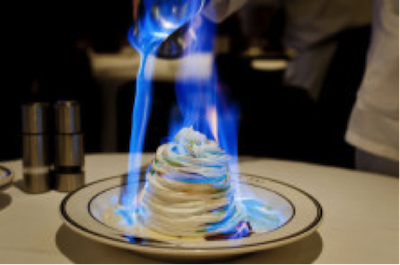
It will be an idea that you could not have come up with if you were still flailing away at Step 1. Now, take all the pieces you have written and see how you can build a beautiful dessert buffet. That thesis statement idea you had when you first started thinking about this topic has melted, so throw it away.
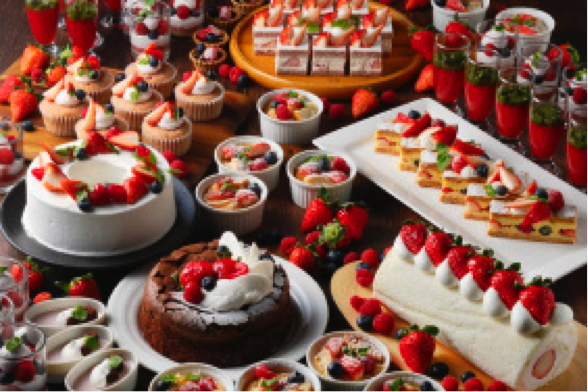
You need to find evidence to back up your new thesis statement. Fill in the pieces that are missing. Find more sources. Drizzle that over everything. Now your argument is all there—it just needs to be put in a logical order and tied together with graceful transitions. Surprise! You’ve gotten through Step 3, revising!
Now, at Step 4, editing, eat your vegetables!2
The University Writing Center is full of people who are familiar with writing at the university level. The process I’ve described here might work for you, or it might not. We’ll be happy to talk with you about how your writing process works.
- In college, for example, you can start sentences with “But.”
- Come to the University Writing Center if you are veggie-phobic. We won’t eat your vegetables for you, but we’ll help you learn to like them better.
Cake from: dreamatico.com/data_images/cake/cake-8.jpg
Baked Alaska from: http://news.cruise1st.co.uk/cruise-tips/ship-blessings-baked-alaska-parades-cruise-traditions-explored-explained/
Dessert Buffet from https://www.jtbgenesis.com/pic/tour/dessert%20buffet.jpg
